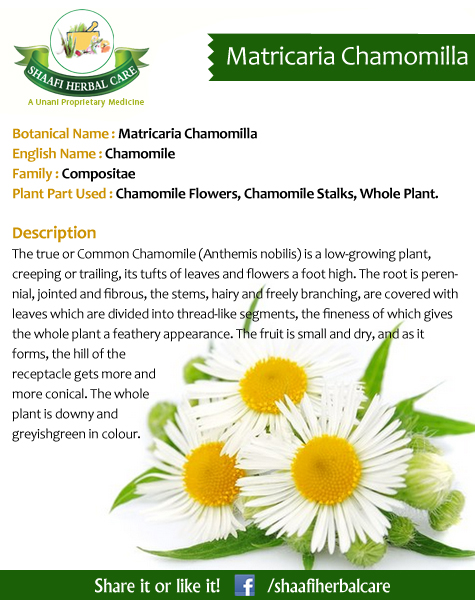
Description of Strychnos Nux-vomica:
A medium-sized tree with a short, crooked, thick trunk, the wood is white hard, close grained, durable and the root very bitter. Branches irregular, covered with a smooth ash-coloured bark; young shoots deep green, shiny; leaves opposite, short stalked, oval, shiny, smooth on both sides, about 4 inches long and 3 broad; flowers small, greeny-white, funnel shape, in small terminal cymes, blooming in the cold season and having a disagreeable smell. Fruit about the size of a large apple with a smooth hard rind or shell which when ripe is a lovely orange colour, filled with a soft white jelly-like pulp containing five seeds covered with a soft woolly-like substance, white and horny internally. The seeds are removed when ripe, cleansed, dried and sorted; they are exported from Cochin, Madras and other Indian ports. The seeds have the shape of flattened disks densely covered with closely appressed satiny hairs, radiating from the centre of the flattened sides and giving to the seeds a characteristic sheen; they are very hard, with a dark grey horny endosperm in which the small embryo is embedded; no odour but a very bitter taste.
Constituents—
Nux Vomica contains the alkaloids, Strychnine and Brucine, also traces of strychnicine, and a glucoside Loganin, about 3 per cent fatty matter, caffeotannic acid and a trace of copper. The pulp of the fruit contains about 5 per cent of loganin together with the alkaloid strychnicine
Medicinal Action and Uses—
The propertiesof Nux Vomica are substantially those of the alkaloid Strychnine. The powdered seeds are employed in atonic dyspepsia. The tincture of Nux Vomica is often used in mixtures – for its stimulant action on the gastro-intestinal tract. In the mouth it acts as a bitter, increasing appetite; it stimulates peristalsis, in chronic constipation due to atony of the bowel it is often combined with cascara and other laxatives with good effects. Strychnine, the chief alkaloid constituent of the seeds, also acts as a bitter, increasing the flow of gastric juice; it is rapidly absorbed as it reaches the intestines, after which it exerts its characteristic effects upon the central nervous system, the movements of respiration are deepened and quickened and the heart slowed through excitation of the vagal centre. The senses of smell, touch, hearing and vision are rendered more acute, it improves the pulse and raises blood pressure and is of great value as a tonic to the circulatory system in cardiac failure. It is much used as a gastric tonic in dyspepsia. The most direct symptom caused by strychnine is violent convulsions due to a simultaneous stimulation of the motor or sensory ganglia of the spinal cord; during the convulsion there is great rise in blood pressure; in some types of chronic lead poisoning it is of great value. In cases of surgical shock and cardiac failure large doses are given up to 1/10 grain by hypodermic injection; also used as an antidote in poisoning by chloral or chloroform. Brucine closely resembles strychnine in its action, but is slightly less poisonous, it paralyses the peripheral motor nerves. It is said that the convulsive action characteristic of strychnine is absent in brucine almost entirely. It is used in pruritis and as a local anodyne in inflammations of the external ear.


